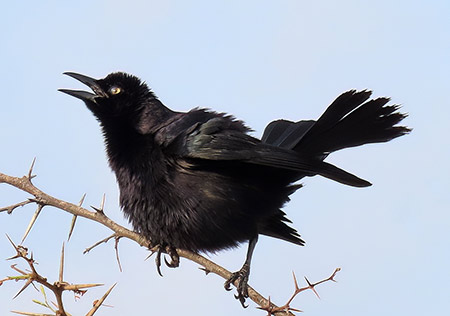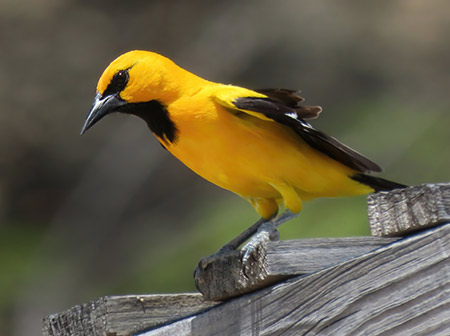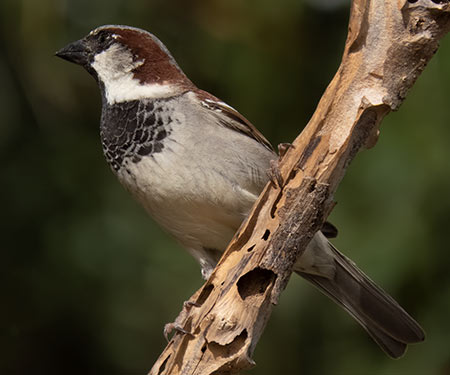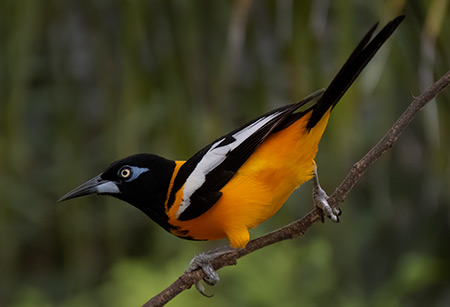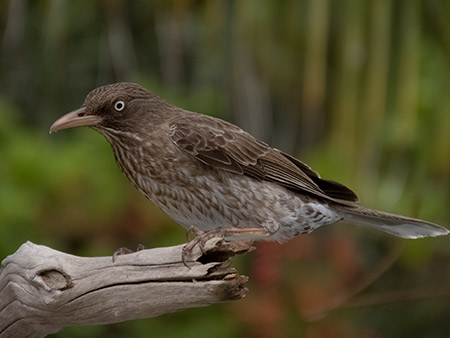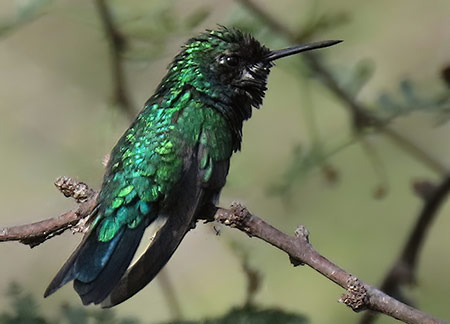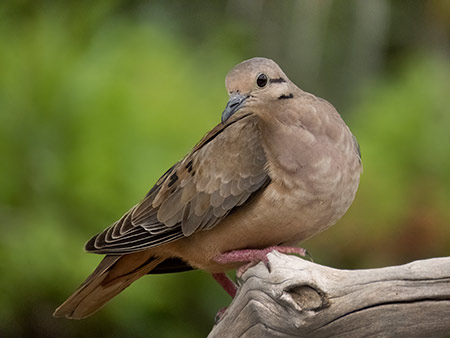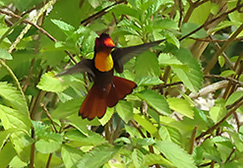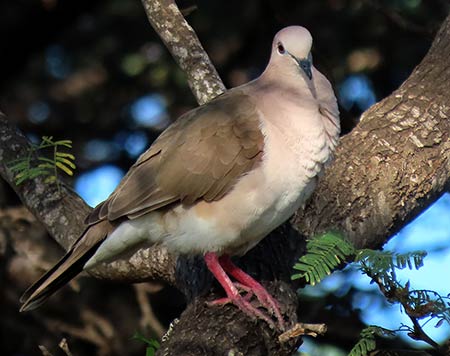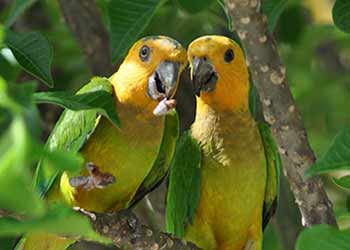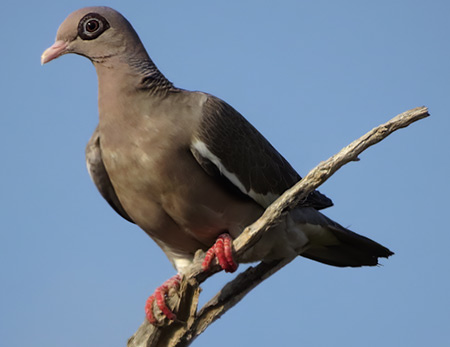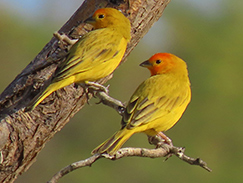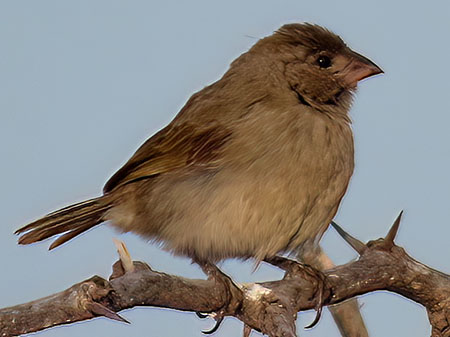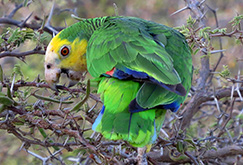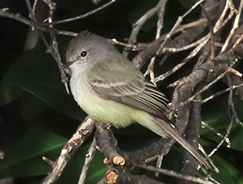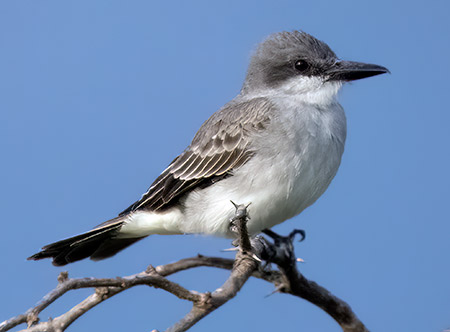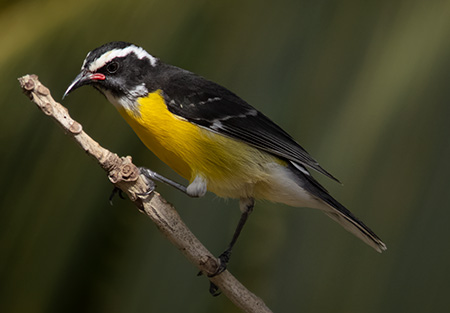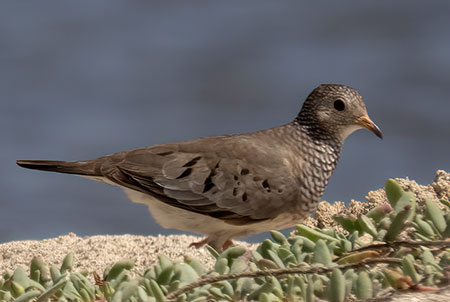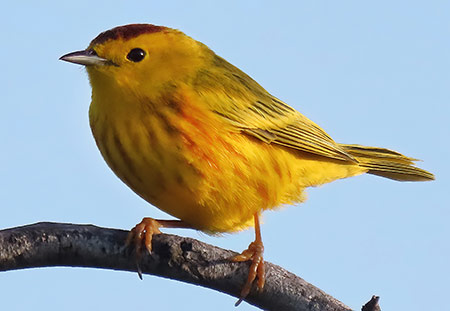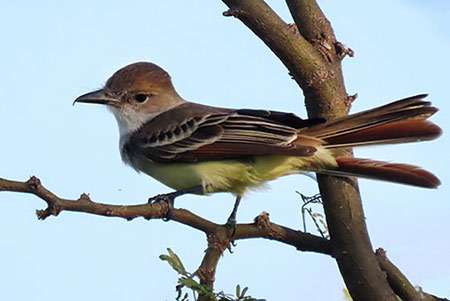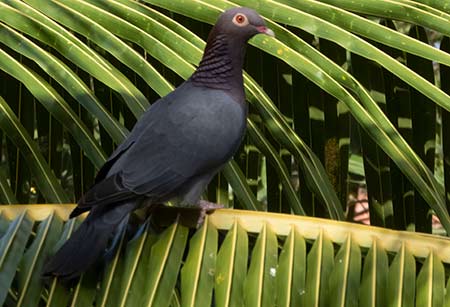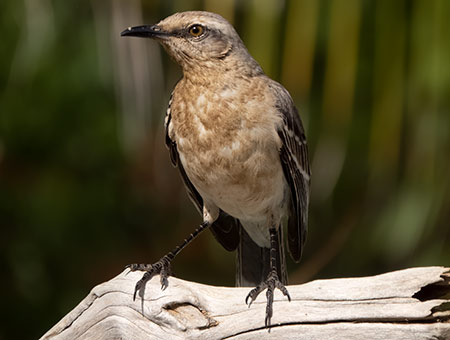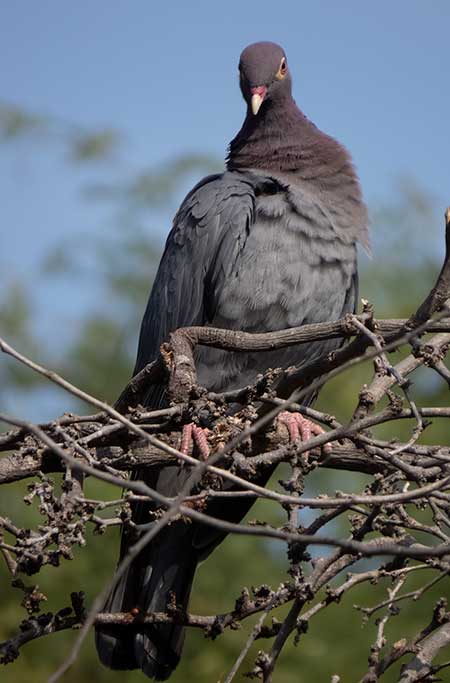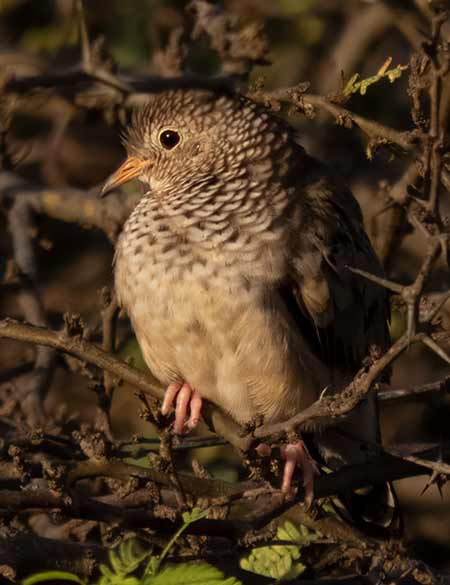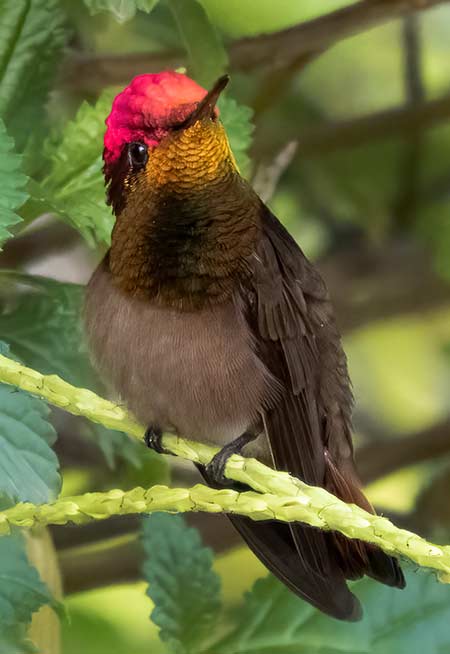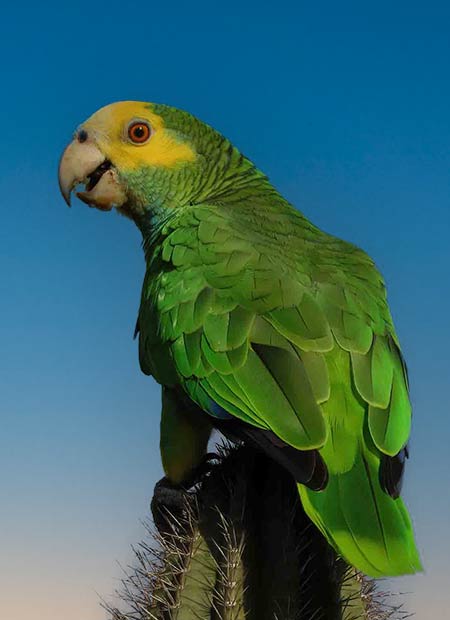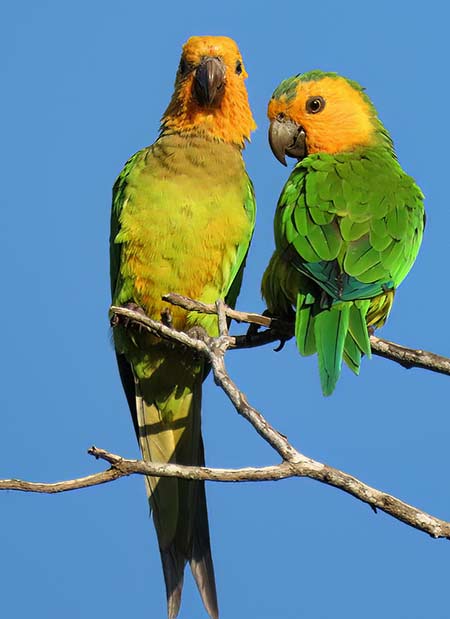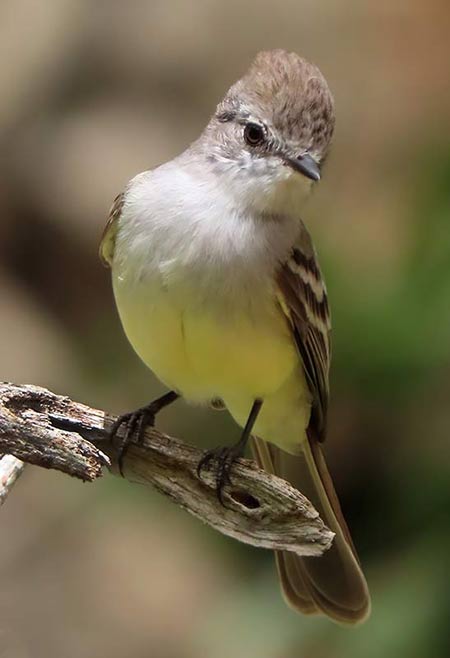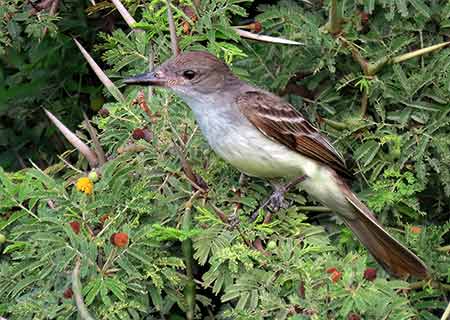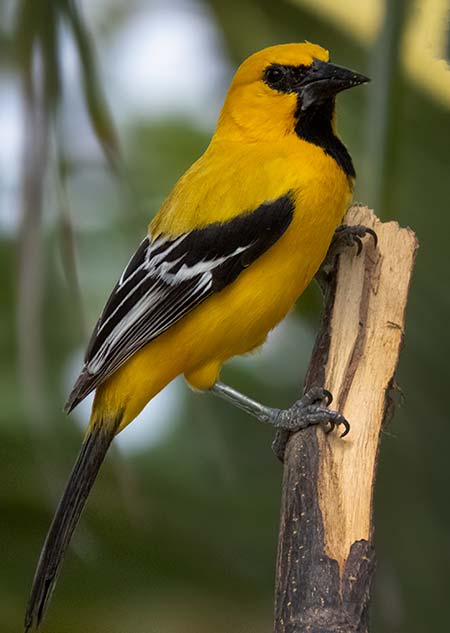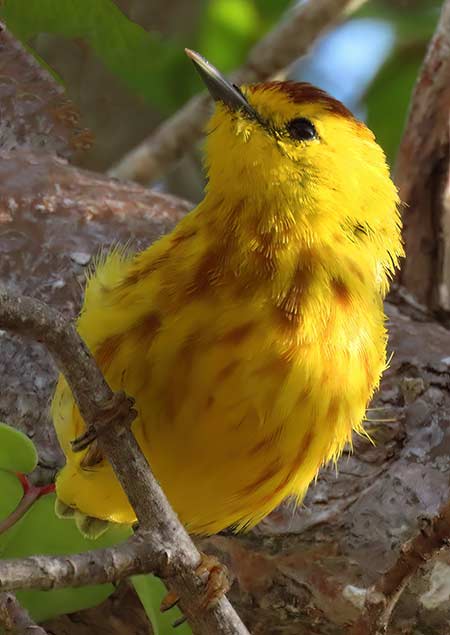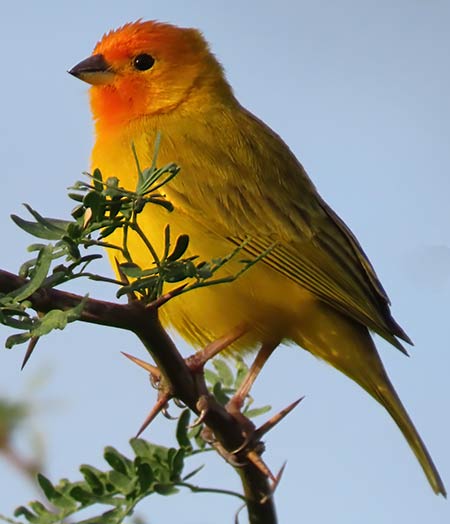The Backyard and Garden Bird Identification Guide for Bonaire.
Helping to identify the garden birds commonly observed in neighborhood backyards and at vacation resorts.
Backyard and Garden Birding on Bonaire: A thoroughly delightful experience.
Bonaire is renowned worldwide for its stunningly clear blue waters, vibrant coral reefs, and diverse wildlife. The island is a paradise for nature enthusiasts, and birdwatching is a popular activity that can be enjoyed at any time and in any location. You don’t have to visit a nature reserve or park to spot some amazing bird species. Even in your own backyard or at a Bonaire resort, you can experience the joy of observing a variety of fascinating birds.
Discover Bonaire Backyard Birding.
With the Backyard and Garden Bird Identification Guide for Bonaire, you can discover the different bird species that are likely to visit your garden or backyard, or that you might spot while staying at a Bonaire resort. This guide offers easy-to-identify images and general information about the most often observed garden birds and shows why birding in this environment can be such a rewarding and fulfilling experience.
Enjoy Bonaire’s birds even in your leisure time.
Whether you are a seasoned birdwatcher or a beginner, this guide will enhance your birding experience in Bonaire and help you appreciate the island’s natural beauty even more.
Birds are everywhere around you. Sit back at the end of the day, and relax, but keep your eyes open for the colorful garden birds on Bonaire.
So, grab your binoculars and get ready to explore the amazing world of Bonaire’s backyard and garden birds!
The Backyard and Garden Identification Guide for Bonaire is sorted by taxonomy.
Scaly-naped Pigeon
Scientific name: Patagioenas squamosa
The Scaly-naped Pigeon is a large species of pigeon that is easily recognizable due to its striking scaly feathers on the nape, which give it its common name. The Scaly-naped Pigeon has a plump body, a small head, and a short neck. Its body is mostly bluish-gray, while its head and neck are reddish. This pigeon species is found in a variety of habitats around Bonaire, and it can visit gardens. Although the Scaly-naped Pigeon is considered a species of least concern by the International Union for Conservation of Nature (IUCN), habitat loss and hunting for food and sport in other areas in the Caribbean are threats to its population.
Bare-eyed Pigeon
Scientific name: Patagioenas corensis
The Bare-eyed Pigeon is a large-sized species of pigeon that is found in parts of Central and South America, as well as here on Bonaire. As its name suggests, this pigeon species is easily identified by its distinctive feature of bare skin around the eyes, which can be either light or dark. The rest of its body is a muted brownish-grey, with darker feathers on its wings and tail and a distinctive white wing bar. The Bare-eyed Pigeon is a highly adaptable bird that is easily observed around Bonaire and often is seen in gardens in neighborhoods or at resorts. This species is known for its unique vocalizations, which consist of a series of deep, resonant coos.
White-tipped Dove
Scientific name: Leptotila verreauxi
The White-tipped Dove is a medium-sized species of dove that is found throughout Central and South America, as well as here on Bonaire. This species is known for its striking white tips on its tail feathers, which contrast with its overall brownish-gray plumage, but which are normally only seen in flight. The White-tipped Dove has a plump body, a small head, and a short neck. The White-tipped Dove’s gentle cooing calls sound very similar to one’s blowing over a bottle. For many European or North American birders, it can be a life bird due to its South American origins.
Eared Dove
Scientific name: Zenaida auriculata
The Eared Dove is a medium-sized bird species belonging to the dove family Columbidae. It is widely distributed across various habitats including forests, grasslands, and agricultural areas; they are found in most environments around Bonaire. This species is named after the stripes behind the eye–where we would normally look for an ear. Eared Doves can exhibit a range of color variations including gray, brown, and reddish hues. Known for their soft, melodic calls, Eared Doves are highly social birds that can gather together during feeding and roosting. They primarily feed on seeds, grains, and fruits, making them adaptable to both natural and agricultural environments.
Common Ground Dove
Scientific name: Columbina passerina
The Common Ground Dove is Bonaire’s smallest dove, displaying a compact body and a short tail. The plumage of this dove is predominantly gray-brown, with a scaled pattern on the wings that adds a touch of intricate detail. Common Ground Doves are typically found in diverse habitats, including grasslands, agricultural fields, scrublands, or even alongside neighborhood streets. These doves are opportunistic feeders, primarily subsisting on seeds, grains, and insects that they forage from the ground. They possess remarkable adaptability and can survive in diverse environments and easily can be observed in many habitats on the island.
Ruby-topaz Hummingbird
Scientific name: Chrysolampis mosquitus
The Ruby-topaz Hummingbird is the larger of Bonaire’s two hummingbirds. The male Ruby-Topaz is a stunning bird that may look uniformly dark until it turns just the right way and hits the light–then the colors explode with a yellow-gold chin, a green throat, a ruby-red crown, and a dark reddish tail, making it easily recognizable. On the other hand, the female can be more challenging to identify, but look for her pale gray underparts, white-tipped tail feathers, and dull grayish-green upperparts. These birds can be found in flowering gardens all around Bonaire, where they collect nectar from flowers. Their long bills and tongues allow them to reach deep into the flowers to extract the nectar. The Ruby-topaz Hummingbird is an active bird, and one can often see them flitting quickly from flower to flower, hovering in place to feed, or chasing other birds away from their favorite feeding spots.
Blue-tailed Emerald
Scientific name: Chlorostilbon mellisugus
The Blue-tailed Emerald is Bonaire’s smallest hummingbird species and is named after its tail feathers’ vibrant blue coloration. The male Emeralds display iridescent green upper parts and a blue tail, looking almost like it is wearing a suit of green sequins, while the females have green upper parts with a white-tipped tail. They are highly agile and known for their remarkable hovering flight and ability to feed on nectar from flowers in mid-air. Their diet primarily consists of nectar and small insects. Due to their small size and vibrant appearance, Blue-tailed Emeralds are sought after by many birders on Bonaire.
Yellow-shouldered Parrot
Scientific name: Amazona barbadensis
Brown-throated Parakeet
Scientific name: Eupsittula pertinax
The Brown-throated Parakeet, or Prikichi as it is locally known, is an endemic subspecies that can be only found on the island of Bonaire. Its distinguishing features include a tan throat and an orangish face, which sets it apart from similar parakeets found on neighboring islands. To differentiate it from the Yellow-shouldered Parrot, or Lora, look for a slim body, elongated tail, and a dark bill. Watching these colorful birds fly overhead in small groups is a common sight on the island, and hearing their lively chatter will always put a smile on your face.
Northern Scrub Flycatcher
Scientific name: Sublegatus arenarum
The Northern Scrub Flycatcher is a bird species belonging to the family Tyrannidae. This small flycatcher resides year-round on Bonaire. The Northern Scrub Flycatcher typically inhabits scrublands, open woodlands, and the dry forest habitat in the north of the island. It is known for its distinctive plumage, featuring a brown crest, a yellow belly, and a grayish-white throat and chest. These flycatchers are adept at catching insects on the wing and frequently perch on branches in a thicket from which they can spot their prey.
Brown-crested Flycatcher
Scientific name: Myiarchus tyrannulus
The Brown-crested Flycatcher is larger than the Northern Scrub Flycatcher and also belongs to the Tyrannidae family. This flycatcher species is named for its distinctive brown crest on the crown of its head. It has olive-brown upper parts, a pale yellow belly, and a grayish throat. The Brown-crested Flycatcher has adapted to various habitats and, here on Bonaire, can be found in the dry forest and areas of secondary scrub growth, and occasionally in gardens.
Gray Kingbird
Scientific name: Tyrannus dominicensis
The Gray Kingbird displays distinctive gray plumage, a dark mask, and a long dark tail. Often confused with Tropical Mockingbirds, note the lack of a white band on the tail feathers of the Gray Kingbirds, and also the lack of a white “eyebrow” as is seen on the Tropical Mockingbirds. The Gray Kingbird is Bonaire’s most commonly observed flycatcher and can be found in nearly all habitats around Bonaire, including neighborhoods and gardens with established mature trees.
Pearly-eyed Thrasher
Scientific name: Margarops fuscatus
The Pearly-eyed Thrasher is normally found in the West Indies, but there is an isolated population right here on Bonaire. It gets its name from the distinctive pearly white eye that contrasts with its dark plumage. Pearly-eyed Thrashers are known for their robust and assertive behavior, but they also can be secretive and elusive when they choose to be. They have a varied diet, feeding on fruits, insects, and small vertebrates. They have a raucous call, as well as a melodic song.
Tropical Mockingbird
Scientific name: Mimus gilvus
The Tropical Mockingbird, or Chuchubi in Papiamentu, is a familiar bird that can be easily spotted in almost any garden on Bonaire. Its vocal range is wide, and it is known for its beautiful songs, making it a delightful bird to listen to. As the sun rises, the Chuchubi begins its day with a series of distinct calls that are sure to grab your attention. With its sleek and slender build, gray-brown plumage, and white underparts, the Tropical Mockingbird is easy to identify and is one of the most common birds on the island.
House Sparrow
Scientific name: Passer domesticus
The House Sparrow, a small but vocal bird, is a non-native species that has established itself as a resident on the islands of Aruba, Bonaire, and Curaçao. These birds can be commonly found flitting about in gardens searching for food. Despite their non-native status, House Sparrows have thrived on the islands, thanks to their adaptable nature and ability to exploit a variety of food sources. In appearance, the House Sparrow is a small bird with a short, sturdy bill, and rounded head. The males have a distinctive black bib on their chest, and their feathers are brown and gray with white and black markings. The females have a more dull brown plumage.
Venezuelan Troupial
Scientific name: Icterus icterus
The Venezuelan Troupial is a striking and colorful bird and is now a common sight around Bonaire after it was introduced in the mid-1900s. These birds are known for their vibrant hues of orange, black, and white, making them a favorite among birdwatchers. Venezuelan Troupials are often found in pairs, and they have a unique and beautiful call that is unmistakable once heard.
Yellow Oriole
Scientific name: Icterus nigrogularis
The Yellow Oriole is a vibrantly colored oriole sporting striking yellow plumage, a black throat and bib, and contrasting black wings with white wing bars. The Venezuelan Troupial (when they were first introduced to Bonaire) successfully competed against the Yellow Oriole, causing populations of the native oriole to plummet. Today the Yellow Oriole population is slowly recovering and appears to now co-exist with the Venezuelan Troupial, although their intricately woven nests are still liable to be “poached” by the troupial. Known for their melodious and flute-like songs, they are skilled vocalists and their calls are a common sound in their territories.
Carib Grackle
Scientific name: Quiscalus lugubris
The Carib Grackle is a bird native to the Caribbean region. With a striking appearance, the male showcases glossy black plumage and bright cream-colored eyes. The female will appear more brownish in color, as will juvenile Carib Grackles. This medium-sized bird possesses a strong and slightly curved bill, allowing it to consume a diverse diet that includes fruits, insects, and small vertebrates. Carib Grackles are known for their adaptability, thriving in various habitats ranging from scrublands to residential areas.
Yellow Warbler (Golden Group)
Scientific name: Setophaga petechia [petechia Group]
While Bonaire may serve as a temporary home or migratory stopover for North American Yellow Warblers during the winter months, the island also has a native population of Yellow Warblers. The male of the native Golden Group is the only one identifiable from the migratory Yellow Warblers, as it exhibits a red cap and intricate red streaking on its breast, making it easily recognizable. Warblers are insectivores, and you’ll often find a Yellow Warbler hopping from twig to twig as it forages for insects. Often confused with the Saffron Finch, note the Yellow Warbler has a much slimmer bill.
Saffron Finch
Scientific name: Sicalis flaveola
The Saffron Finch is a vibrant and eye-catching bird with origins in South America, but it has been introduced on Bonaire and now breeds here. It displays stunning plumage characterized by a bright yellow body. The adult male will sport a reddish head, while the adult female will display a more orange-colored head. Juveniles and immatures can look very different from adult Saffron Finches. This bird is known for its melodious song and cheerful disposition. They are commonly found in open habitats such as grasslands, scrublands, and gardens, where they feed on seeds, insects, and fruits. They are social birds, often seen in pairs or small groups, adding a touch of color and charm to their surroundings.
Bananaquit
Scientific name: Coereba flaveola
One widespread species you may encounter in the garden or backyard of your resort is the Bananaquit (Chibichibi, in Papiamentu), known for its acrobatic ability to feed on nectar from flowers. Bananaquits are small, energetic birds with a distinctive curved bill that is perfectly adapted to feeding on nectar. They are found throughout the Caribbean, but the one found on Bonaire is an endemic subspecies found only here. Bananaquits are easily recognizable by their black and yellow plumage. They are also known for their sweet, melodic song, which can often be heard throughout the day.
Black-faced Grassquit
Scientific name: Melanospiza bicolor
The Black-faced Grassquit is a small bird found on several islands in the Caribbean. Despite its name, the Black-faced Grassquit sports a delightful combination of colors. Males may exhibit a jet-black face and throat, contrasting with a grayish-brown body, while females boast a more subdued olive-brown plumage. These birds are highly skilled in foraging for seeds, particularly in grasses and weeds, and they can be observed hopping on the ground or perching on low vegetation. Black-faced Grassquits often gather in small groups, emitting a pleasant, melodious song that adds charm to their natural habitats, including open areas, scrublands, and gardens.
Are you still having identification problems?
Remember, if all else fails, and you are unable to identify your garden bird, try to take an image with your phone. The Merlin Bird ID app will allow you to upload the image, and its database will provide you with its best guess as to its identification.
Get In Touch
Get in touch with Susan to check availability for the dates you are visiting Bonaire.
Consent: By using this form you agree with the storage and handling of your data by this website.

